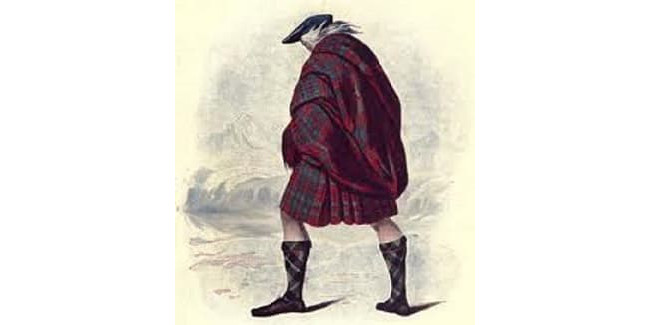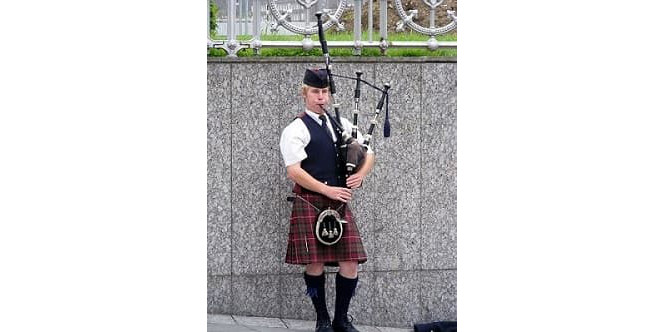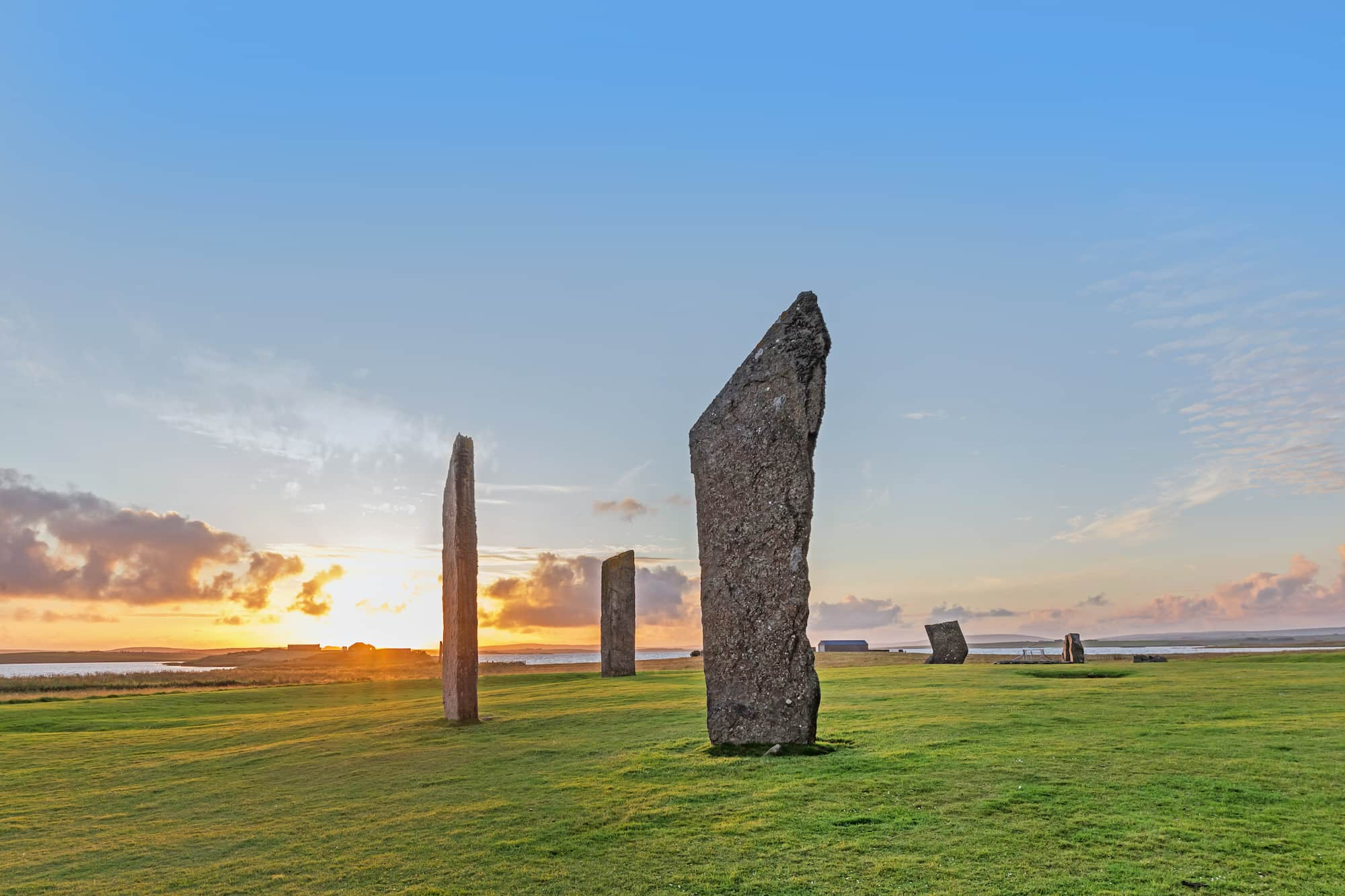Some facts you may not know about kilts
- A modern day kilt is typically made of about 7 metres of material
- There are over 4000 types of tartan to choose from when buying a kilt
- The oldest tartan dates back to AD260 and is called the Falkirk tartan
- The first and only tartan to date that has been on the moon is the Macbean tartan, worn by Alan Bean on Apollo 12 in November, 1969.
- Investing in a kilt can be very expensive, and can set you back about £500 when including accessories such as a sporran which is the Gaelic word for pouch/ or purse, flashes and the belt. One thing is for certain though, a kilt will last you a lifetime!
- You will always see a bagpiper wearing the traditional Highland kilt. If you are in Edinburgh, you can spot a bagpiper on Princes Street near Waverley train station, and also at Glencoe on our Loch Ness tours from Edinburgh, Glasgow and Inverness.
- Nobody knows who invented the first kilt but according to Colin Calloway, author of “White People, Indians, and Highlanders”, an English man invented the little kilt, also known as ‘The Feileadh Beg’ (the little kilt), which is the kilt which is still worn today. His name was Thomas Rawlinson and he ran an iron furnace in Inverness and he believed this ‘kilt’ would add safety and comfort to the workers in his factory




